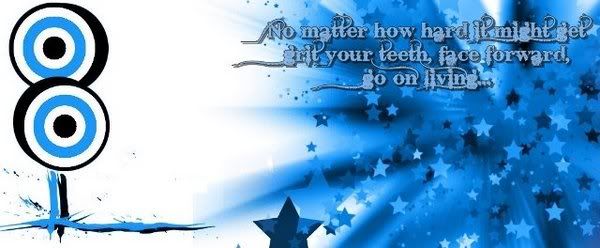There is no denying the fact that whenever we smell that popcorn aroma when it's popping; everyone, the youngsters and oldies alike have their sense awoken because popcorn is such an exciting and tasty handful of a snack. On colder days, it provides a bit of cozy ambiance while at movies and football events, it adds to the enjoyment of watching. It is present also at social gatherings like children's parties, friends' get-together, and even just simple family bonding sessions within the comfort of our living rooms. Popcorn is seen as an integral part of every event and today's lifestyle, but there are times while eating a handful of popcorn, we tend to ask questions like how did it all start? Where it exactly did it start? And most importantly, what on earth makes popcorn pop?
As we all know the basics - popcorn is a type of corn that explodes or pops up from the kernel and eventually puffs up like a cloud when heated. Scientifically, thought it is known as Zea mays everta which means it is a kind of maize, part of the under grass family, or corn. However, it has unique component to other types of corn like dent, flint, and sweet corn wherein it has a particular level of thickness of its pericarp or hull that allows it to explode.
It was originally discovered by Native Americans. After which, in early 17th century, the English learned about this popular foodstuff when they first came and settled in America. It is also became extremely popular at the time of great depression in the United States of America and during World War II.
Are you interested by the idea, of what actually makes it pop? Surprisingly, there's fascinating chemistry at work inside the popcorn kernel. In the process of popping, water plays a vital role in it. One of the contents of popcorn is carbohydrate, which makes up three quarters of it, the rest composing of minerals, fat, water, starch and lesser amount of protein. As the heat increases, the kernel's moisture inside it turns into steam. Eventually, the starch inflates and soon enough its kernel bursts out. Inside the kernel, the steam cooks the starchy material which then turns it into popcorn.
See! How great it is to have a tasty handful of popcorn as a snack. Not only does it taste good but but it's produced by some fascinating chemical reactions!
As we all know the basics - popcorn is a type of corn that explodes or pops up from the kernel and eventually puffs up like a cloud when heated. Scientifically, thought it is known as Zea mays everta which means it is a kind of maize, part of the under grass family, or corn. However, it has unique component to other types of corn like dent, flint, and sweet corn wherein it has a particular level of thickness of its pericarp or hull that allows it to explode.
It was originally discovered by Native Americans. After which, in early 17th century, the English learned about this popular foodstuff when they first came and settled in America. It is also became extremely popular at the time of great depression in the United States of America and during World War II.
Are you interested by the idea, of what actually makes it pop? Surprisingly, there's fascinating chemistry at work inside the popcorn kernel. In the process of popping, water plays a vital role in it. One of the contents of popcorn is carbohydrate, which makes up three quarters of it, the rest composing of minerals, fat, water, starch and lesser amount of protein. As the heat increases, the kernel's moisture inside it turns into steam. Eventually, the starch inflates and soon enough its kernel bursts out. Inside the kernel, the steam cooks the starchy material which then turns it into popcorn.
See! How great it is to have a tasty handful of popcorn as a snack. Not only does it taste good but but it's produced by some fascinating chemical reactions!


No comments:
Post a Comment